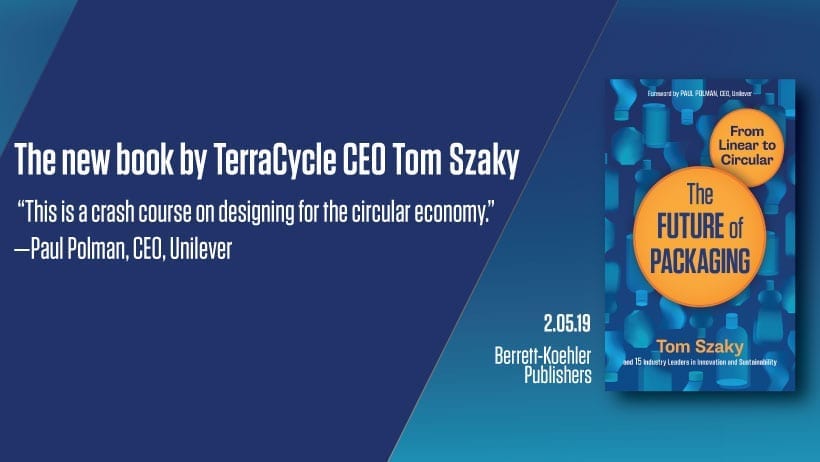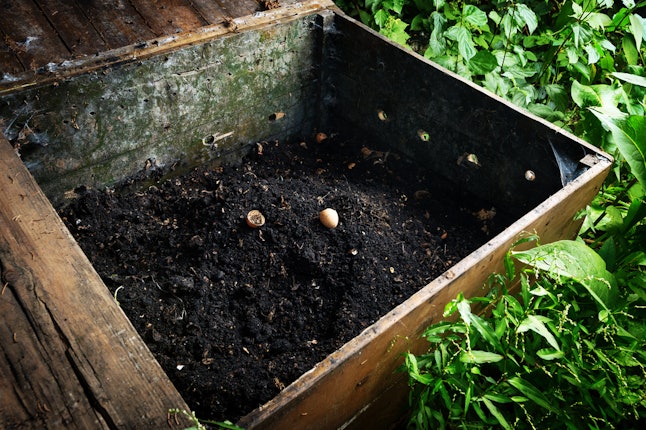When I made the leap from the fashion industry to the beauty industry, I was so excited to finally be in a space where individuality is celebrated rather than shunned. (Not a size 2 millionaire? Fashion thinks you should be!) When it comes to beauty, you have permission to play, create and experiment no matter your age, race or gender. This spoke to me.
Plus, it’s just so damn fun. I finally mastered the art of no-makeup makeup, learned how to appropriately layer my skin-care products and even learned the tricks to humidity-resistant pin-straight locks in August. (
Color Wow Dream Coat Supernatural Spray, for all you sleek hair devotees.)
But none of those things are as valuable as my biggest takeaway: Just how wasteful the beauty industry is.
See, being a beauty editor means testing new products. But that also means trying a lipstick or mascara once, realizing it’s not your thing and then having a basically unused plastic-encased product that you can’t give to anyone else (because germs) and you can’t recycle (because the product is still very much in there). I can barely open the door to our beauty closet in the office, because it’s jam-packed with samples, and you’d be hard-pressed to find any other publication or media company that doesn’t have the same issue. I know, I know. “You have so much eye shadow; cry me a river.” But this excess and waste is literally keeping me up at night.
How bad is it? Well,
National Geographic reported that of the 6.9 billion tons of plastic generated in 2015, only around 9 percent was recycled, while a staggering 79 percent accumulated in landfills, the ocean or the environment. And that was four years ago.
Of course the beauty industry isn’t the only offender, but the numbers are pretty scary.
Stylist reports that 120 billion units of packaging are produced every year by the global cosmetics industry, most of which isn’t recyclable, or we’re just not recycling it, period. Then there are actual products
made of plastics, like makeup remover wipes, which are created with non-biodegradable plastic fibers. The World Wildlife Fund stated that in 2018 alone, the UK was projected to make its way through 10.8 billion wet wipes and 13.2 billion cotton swabs—and the U.S. accounts for millions more of each. It’s becoming such a problem that an excess of these items in sewer systems are creating “
fatbergs” that block passageways and ultimately result in waste resurfacing in unpleasant places, like our own homes. Gross.
Luckily, some brands are taking a stand. While many are turning to organic, sustainably farmed ingredients and (mostly) plastic-free packaging, like
Tata Harper,
Farmaesthetics,
RMS Beauty and
Lush (which offers 35 percent of its products without
any packaging, BTW), others like
Kjaer Weis have created aesthetically pleasing refillable packaging to cut down on waste all together. There are also beauty product recycling programs like
Terracycle, through which you can donate stuff like plastic shampoo bottles and caps, lip gloss tubes, hair spray cans and more to be cleaned, sorted and distilled into plastic pellets to make new recycled products.
Overwhelming? Yes. But better than blindly dumping into landfills? You betcha. By making conscious purchasing decisions, we can all help to reduce our footprint. I, for one, have started recycling every single item that I can and choosing glass-packaged products over plastics. (It doesn’t hurt that they look pretty on my vanity.) I’ve also switched exclusively to makeup that is packaged in recycled and recyclable materials. And you know what? It wasn’t even that hard to do.
Don’t know where to start? Here are some responsibly packaged beauty products we love.









